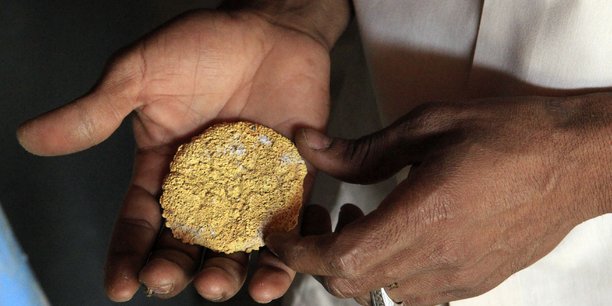
The coronavirus crisis has further contributed to the collapse of an economy that had already been on its knees for decades. Harare is now betting on gold to begin to emerge from the crisis. But even though the yellow metal has risen in value since the start of the pandemic, it alone will not be enough to trigger an upward curve in growth over time.
The global health crisis and its economic consequences have driven the price of gold to record highs, passing the symbolic $2,000 an ounce mark for the first time last August. That was all it took for Zimbabwe to hope to use the occasion to begin a recovery of its battered economy. But the lucrative revenues from yellow metal will not be a miracle cure. At best, they can avert collapse in a country still plagued by corruption, hyperinflation, lack of cash, fuel shortages, water and electricity.
The mining sector usually accounts for 60% of Zimbabwe’s exports. This sector will go from a contraction of 4.1% this year to a growth of 7.7%, according to Ministry of Finance projections. This increase will be largely driven by sales of yellow metal.
But Harare must also fight to stop the illicit trade in gold. The government has established rules to try to reduce losses in the gold industry. These measures are unlikely to be enforced, according to many observers. And even if successful, Zimbabwean officials will have to wait before regaining their purchasing power. The average salary has indeed been divided by ten over the past two years.
